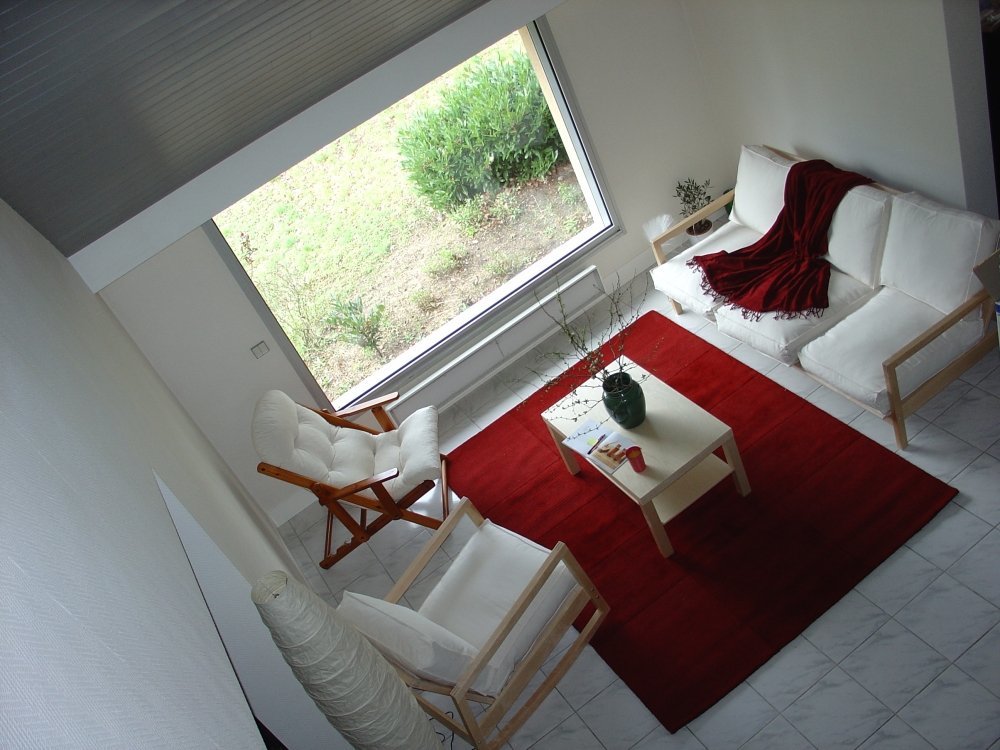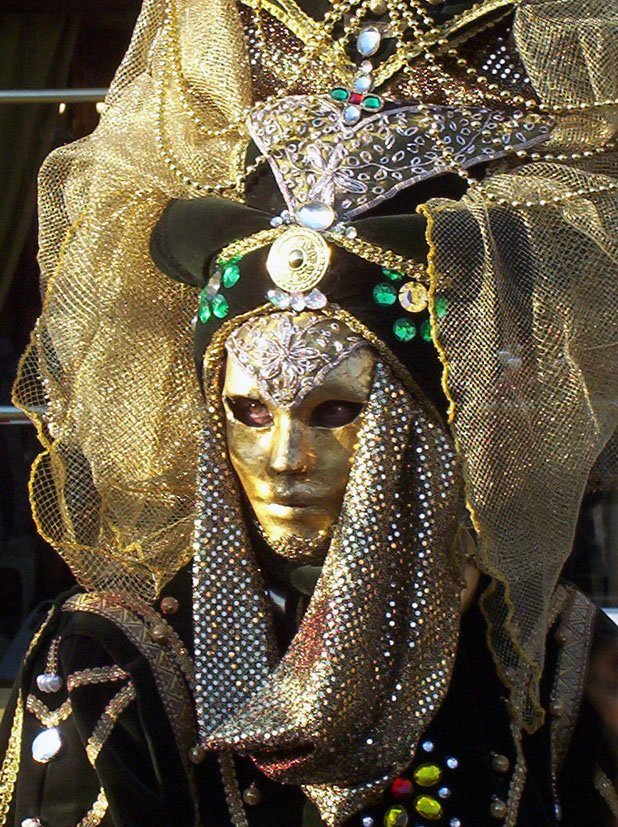Textile Art: Re-Modelling Ancient Elements for Modern Art
Textile Artistic Expression12th March 2019
keith

Textiles have been around for as long as a civilisation can be traced. The fact that many of them are naturally occurring means that they were sitting there all along, waiting to be discovered. Textiles have retained their basic form, with few modifications happening along the way as artificial fibres came to being.

Definition
Art terms can be a bit confusing; you get the feeling that you know them, while in essence, you cannot explain what they mean. A textile is a connection of fibres (natural or artificial) which is flexible. It is made by weaving, crocheting, braiding or using other forms of art to bring threads together. Such fibres include wool, cotton polyester, and the likes.
The In-Thing in Modern Art
Textiles formed a significant part of ancient trade, especially in the Mediterranean and trans-Atlantic region. They were part of the gifts which were highly valued and presented to royalty. They have never really left the scene, but now modern art is taking to them with renewed interest to come up with amazing creations.
Old Meets New
Modern creations are complementing the traditional techniques of weaving, threading, braiding etc. by decorating existing textiles to appear as if they were a new invention. Modern colour technology allows creators to come up with virtually every shade of colour which they can think of. The flexibility of textiles is an especially lucrative feature that invites artists and artisans to work with the material.
Some of the elements of modern art that which remodelled textile use include:
- Shoes
Footwear is not about just leather and its variations anymore. With greater emphasis on looks, artists are now embracing textiles to come up with unique shoes for both genders. Some of the highest rated online shoe stores have recorded a surge in demand for fabric shoes.
- Interior decor
Decoration offers endless possibilities for artists to exploit. The only thing which can limit an interior decor artist in the use of textiles is their own creativity. From curtains, seat covers, bedcovers, mats, and table cloths, there is nothing they cannot do with the vast assortment of textiles to choose from.
The advancement of computer technology has also heavily impacted on textile art. Introduction of 3D creations has again benefitted from the flexible nature of textiles to come up with creations that were hitherto unimaginable. Artists can use computer graphics to come up with new designs then bring them to life, making one of the oldest elements of art a part of digital art.
Textiles are one of the materials which have retained a consistent level of importance to man throughout the ages. It has refused to be edged out by technology, instead, challenging artists to expand their creativity through textile art.